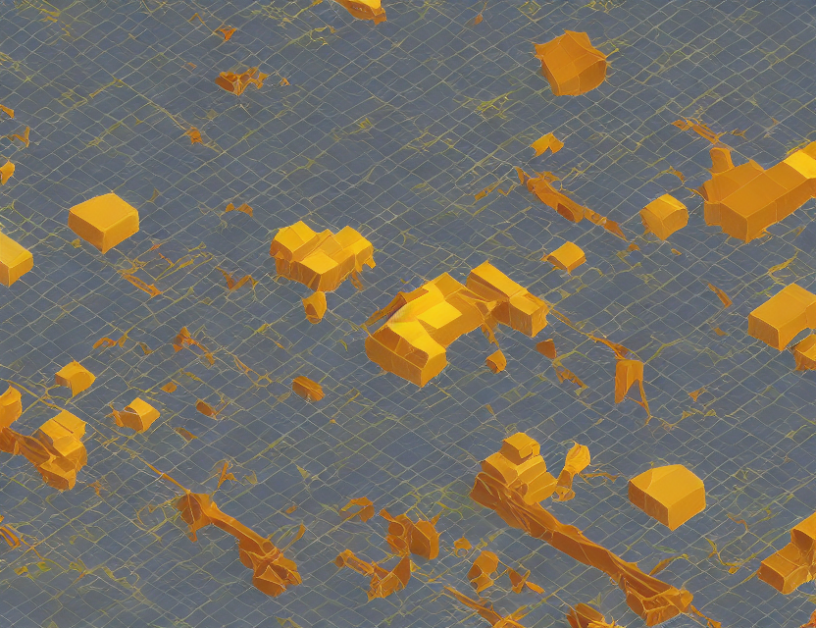Domain adaptation is a crucial component in many machine learning applications, including semantic segmentation. In this article, we will delve into the realm of domain adaptation and uncover its mysteries through various examples and explanations. We will explore how domain adaptation can be applied to improve semantic segmentation, and what factors influence its effectiveness. By demystifying these complex concepts, we hope to provide a better understanding of this essential technique in computer vision.
The Concept of Domain Adaptation
Domain adaptation is the process of adapting a model trained on one dataset (the source domain) to perform well on a different dataset (the target domain), despite their differences. In the context of semantic segmentation, the source domain typically consists of images from a specific scene or object category, while the target domain contains images from a different scene or object category. The goal is to adapt the model to recognize and classify objects in the target domain with comparable accuracy to the source domain.
Factors Influencing Domain Adaptation
Several factors can impact the effectiveness of domain adaptation, including:
- Domain shift: The degree of difference between the source and target domains can significantly affect the model’s performance on the target domain. A larger domain shift can result in a more significant decrease in accuracy.
- Data quality: The quality of the target domain data can also impact the model’s performance. Noisy or low-quality data can lead to poor adaptation, while high-quality data can improve the model’s ability to adapt.
- Model architecture: The design and structure of the model can affect its ability to adapt to new domains. For instance, deeper models with more layers may be better suited for adaptation tasks than shallower models.
- Regularization techniques: Techniques such as adversarial training and feature alignment can help improve the model’s performance on the target domain by reducing the impact of domain shift.
Approaches to Domain Adaptation
Several approaches have been proposed for domain adaptation in semantic segmentation, including:
- Minimizing domain divergence: This approach involves modifying the loss function to encourage the model to produce similar predictions for both domains, thereby reducing the domain shift.
- Adversarial training: This method involves training a second network (the adversary) to distinguish between the source and target domain images, while the main network (the encoder-decoder) is trained to confuse the adversary. This can help improve the model’s performance on the target domain by reducing the impact of domain shift.
- Feature alignment: This approach involves aligning the features from the source and target domains using techniques such as maximum mean discrepancy (MMD). This can help reduce the domain shift and improve the model’s performance on the target domain.
Conclusion
Domain adaptation is a crucial component in many machine learning applications, including semantic segmentation. By demystifying complex concepts and exploring various approaches to domain adaptation, we hope to provide a better understanding of this essential technique. Whether you’re a seasoned computer vision expert or just starting your journey, we believe that this article has shed some light on the mysteries of domain adaptation and will help you navigate these complex concepts with ease.



